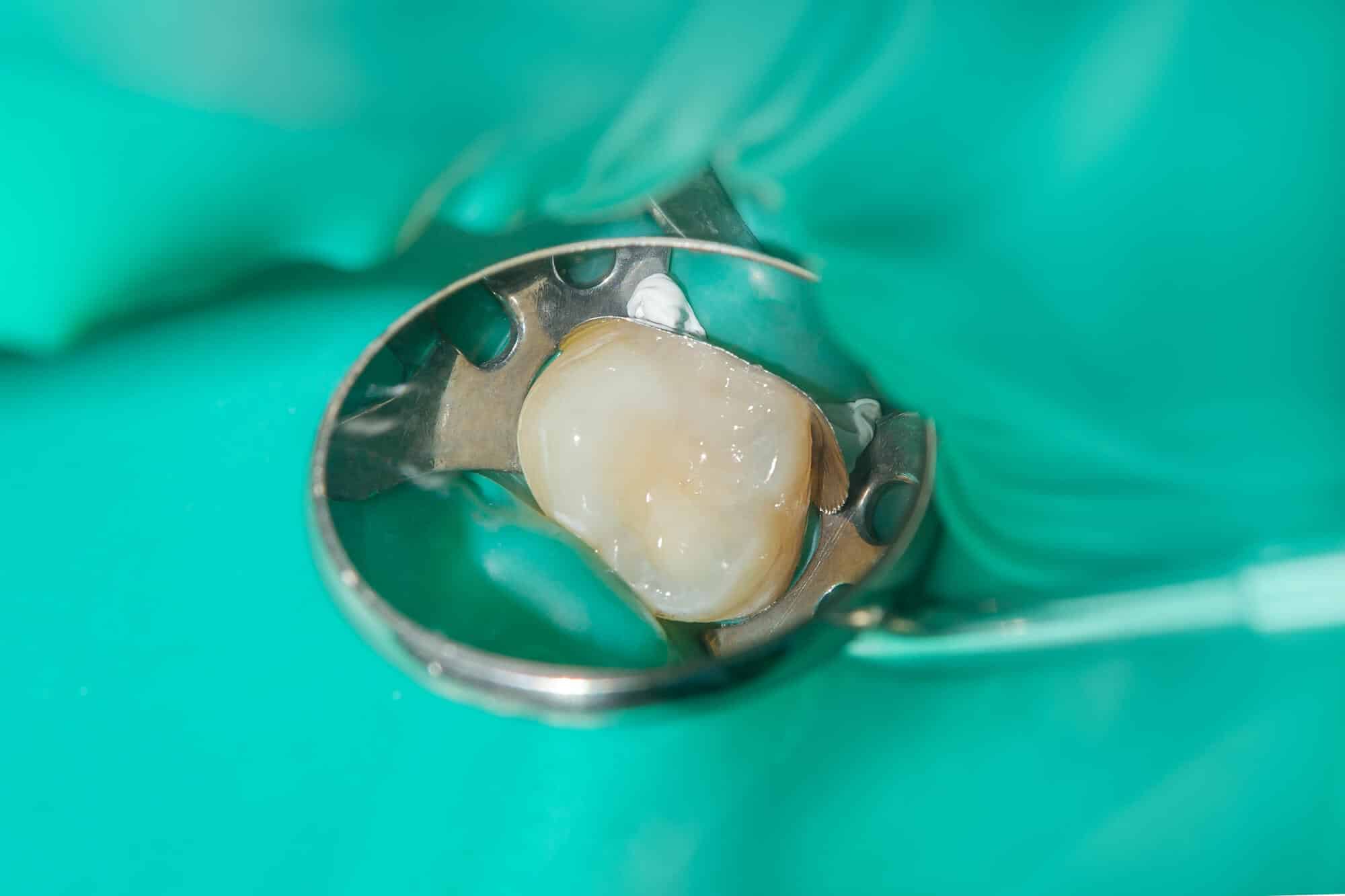Cavities are a common dental problem, affecting people of all ages. They need to be detected and treated early because untreated cavities can lead to pain, infection, and tooth loss. Early detection allows for prompt treatment at Wilmington Dental Clinic, preventing further decay and damage to the tooth structure.
This blog will explore the techniques dentists use to crack the cavity code, ensuring our teeth stay healthy and strong. So, grab your dental mirror and get ready to uncover the mysteries of cavity detection and treatment!

Decoding Dental Mysteries: Dentists’ Methods for Detecting and Treating Cavities
What Are Cavities?
Cavities are holes or damage in our teeth caused by decay. When we eat sugary or starchy foods, bacteria in our mouths produce acids that attack our tooth enamel. Over time, this acid weakens the tooth, leading to cavities. They can be painful and, if left untreated, may cause infection or even tooth loss.
How Are Cavities Detected?
Dentists have special ways to find cavities before they cause serious problems. They look closely at your teeth, checking for any changes in color or texture. They also use tiny instruments to gently explore the surfaces of our teeth, feeling for soft spots or areas that may be weakened by decay. In some cases, dentists may take X-rays to get a better look at what’s happening inside our teeth.
How Are Cavities Treated?
There are several different ways cavities can be treated, depending on the extent of the decay and the individual’s specific needs. Here are some common methods used by dentists to treat cavities:
- Dental Fillings: This is the most common treatment for cavities. The decayed portion of the tooth is removed, and the resulting hole is filled with a dental material such as composite resin, amalgam (a mixture of metals), or porcelain. The filling helps restore the tooth’s shape, strength, and function.
- Dental Crowns: When a cavity is large or severe, a dental crown may be required. A crown is a custom-made cap that covers the entire affected tooth, protecting it and restoring its appearance and function. The decayed portion of the tooth is removed, and the crown is placed over it, cemented in place.
- Root Canal Therapy: If a cavity reaches the innermost part of the tooth called the pulp, it can cause severe pain and infection. In such cases, a root canal may be necessary. The procedure involves removing the infected pulp, cleaning and disinfecting the root canal, and filling it with a special material. Finally, a dental crown is usually placed over the treated tooth for added protection and strength.
- Dental Inlays or Onlays: In some cases, when the cavity is too large for a filling but not extensive enough to require a crown, dental inlays or onlays may be used. These are custom-made restorations that are placed on the chewing surface of the tooth to repair the cavity and provide strength.

Looking for a Reliable Wilmington Dental Clinic?
Cavities are a common dental problem, but with early detection and treatment, you can keep your teeth healthy and avoid more serious issues. If you are looking for an experienced family dentist, Mayfaire Family Dentistry can help. Our team of professionals has years of experience to help give you the smile you deserve. Contact us today to book an appointment.

